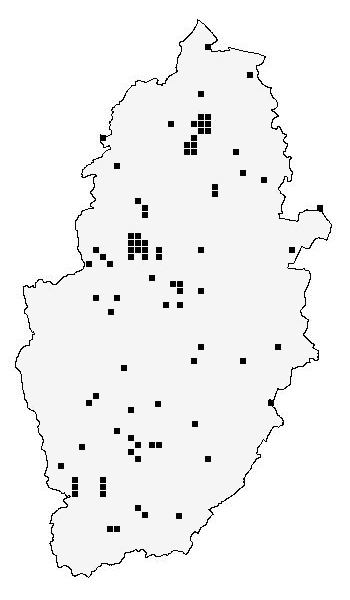Yellow-tail Euproctis similis (Fuessly,
1775)  |
| Status
.....Common and widespread throughout Nottinghamshire
and soon caught at any site in season. Regularly occurs in gardens and a
wide range of habitats. The sttractively coloured larva is conspicuous
and relatively easy to find along hedgerows containing Hawthorn. |
| .... |
| Photographed at Lound Wood
June 2025 |
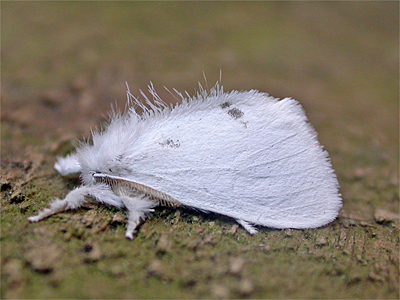 |
|
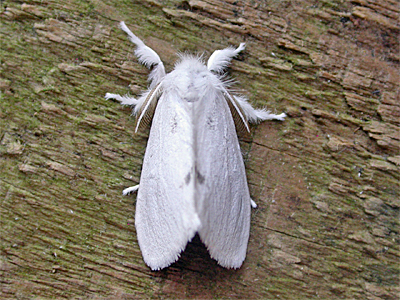 |
| .... |
| Photographed
at Clipstone Old Quarter July 2011 |
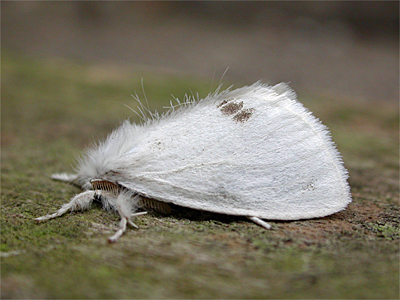 |
|
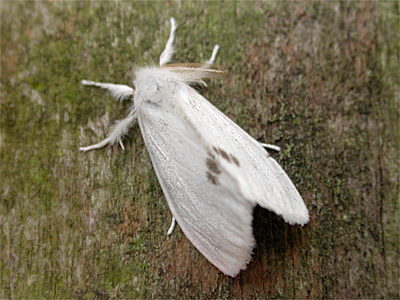 |
| .... |
Early stages  |
| Half-grown larva.
Photographed at Clipstone Old Quarter May 2022 |
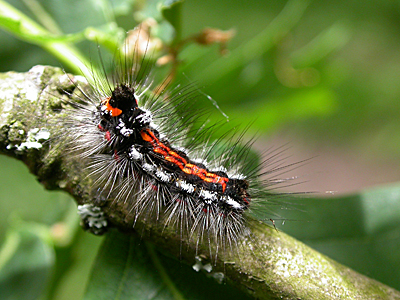 |
|
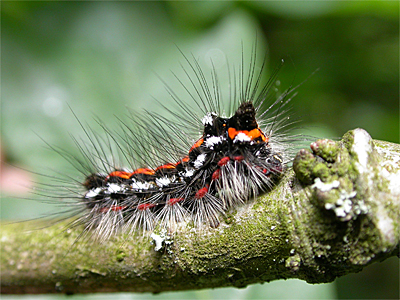 |
| .... |
| Full-grown larva. Photographed at Market Warsop June 2020 |
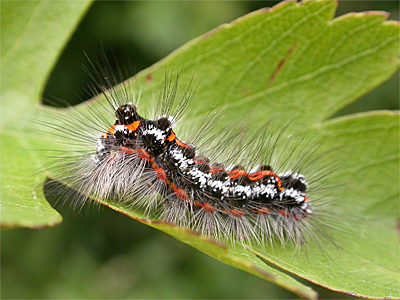 |
|
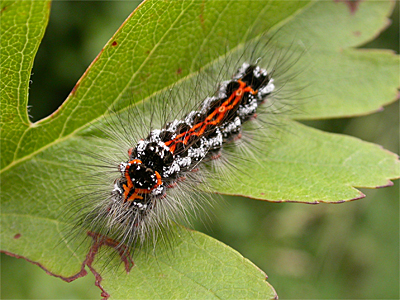 |










